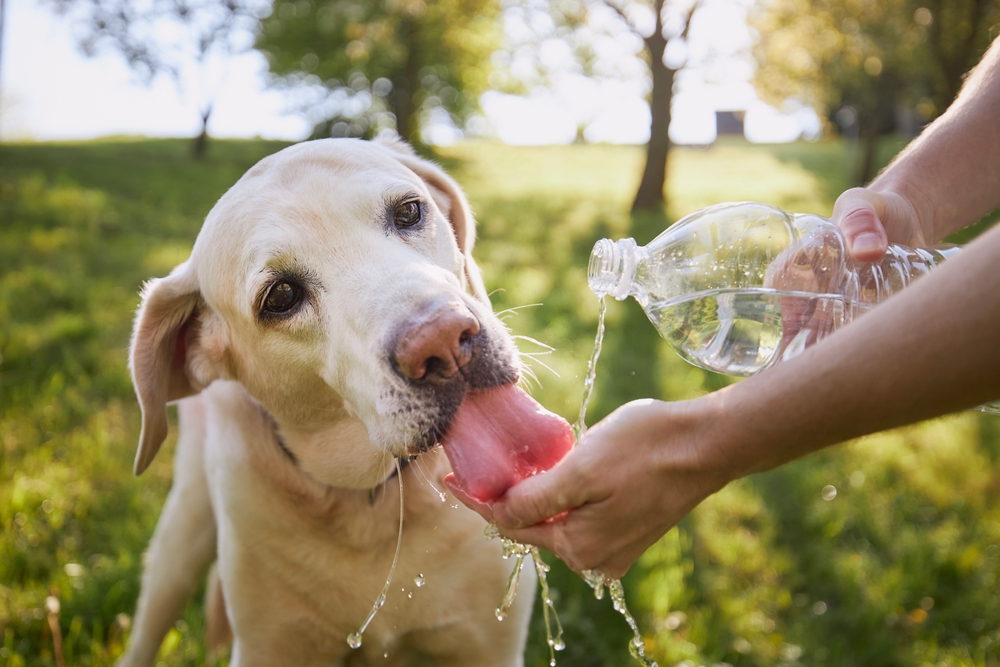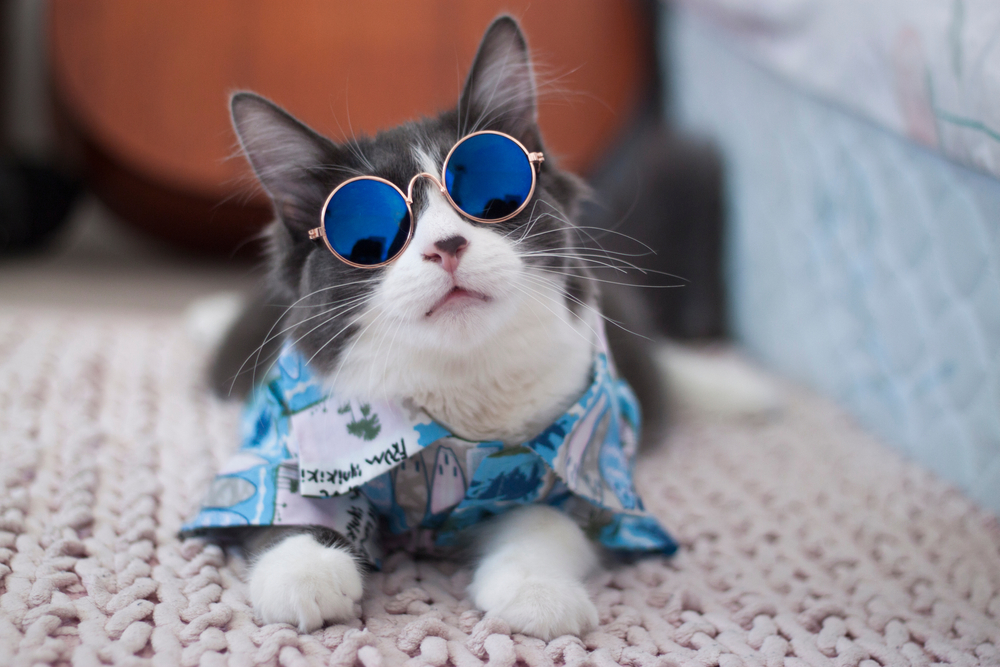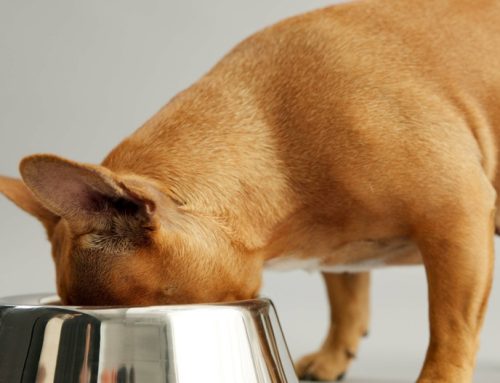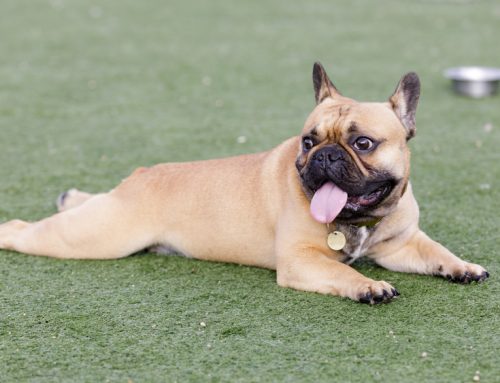Tank tops, flip-flops, and sunglasses are necessary summer attire for people, but your pet doesn’t have the luxury of shedding their fur coat. Our Companion Care Animal Clinic team knows you enjoy outdoor activities with your pet, so we offer do’s and don’ts to ensure they are protected on New Jersey’s hot, sunny days.
DO know your pet is at risk for heatstroke
On a hot summer day, you may realize that sweat is pouring down your face, but your pet is sweat-free. Panting is your pet’s primary cooling method, which may not be sufficient to effectively cool their body when temperatures reach triple digits. A pet whose temperature reaches 105 degrees has heatstroke, a veterinary emergency that damages systems throughout the body and can lead to potentially life-threatening consequences. All pets are susceptible to heatstroke, but some are at higher risk, including:
- Obese pets — Pets who are overweight carry an insulating fat layer that inhibits their ability to cool themselves.
- Flat-faced pets — Flat-faced pets, such as Pekingese, bulldogs, pugs, and Himalayan cats, are at higher risk for heatstroke, because they can’t efficiently circulate air through their shortened nasal passages.
- Senior pets — Hormonal changes can decrease a senior pet’s ability to efficiently regulate their body temperature.
- Thick-coated pets — A thick coat acts as insulation, trapping hot air and inhibiting heat dissipation.
- Ill pets — Pets with a medical issue, especially one that involves their heart or lungs, are at increased risk for overheating.
DON’T leave your pet in a vehicle
Temperatures quickly skyrocket to dangerous levels inside a vehicle, putting your pet at risk for heatstroke. You may think that parking in the shade or cracking a window will keep the interior temperature at safe levels, but these measures are not enough to protect your pet. If you can’t take your pet when you run errands, leave them at home to enjoy the air-conditioned comfort.
DO keep your pet hydrated
Panting expends moisture that must be replaced to prevent dehydration. Ensure your pet always has fresh, clean water, and provide multiple water sources so drinking is easy and convenient. On outings, take bottled water and a portable water bowl, and offer your pet frequent drinks.
DON’T tether your pet
Chaining or tethering your pet outside in hot weather is extremely dangerous, because they can easily become tangled and be unable to access shade and water. The best place for your four-legged friend on a hot, summer day is inside.
DO consider the best time to exercise your pet
Exercise your pet in the early morning and evening hours to avoid the hottest time of the day, and avoid high intensity exercise altogether in excessively hot weather. If your pet is at high risk for heatstroke, limit their time outdoors.
DON’T neglect your pet’s paws
In the summer, pavement temperatures can reach up to 180 degrees, putting your pet’s paws in serious danger. Pet paw pads may seem tough, but they are susceptible to heat and at risk of being burned. If the pavement is too hot for you to walk barefoot, walk your pet on dirt, grass, or sand pathways to avoid pavement burn. If you can’t avoid walking your pet on pavement, invest in booties to protect their paws.
DO know when your pet is overheating
Monitor your pet for overheating signs. Initial signs include lethargy, extreme panting, red mucous membranes, and thick, ropey drool. Then, as their condition worsens, their mucous membranes become dry and tacky, and they may vomit, have diarrhea, difficulty breathing, and seizures, and collapse.
DON’T forget your pet’s sun protection
New Jersey’s sun UV index can reach extreme levels, putting pets, especially hairless and shorthaired pets, at risk of sunburn. Protect your pet from the sun’s brutal rays by:
- Keeping your pet in the shade — Keep your pet in the shade as much as possible when outdoors.
- Wearing sun-protective clothing — Your pet should wear garments that protect against UVA and UVB rays.
- Applying sunscreen — Apply a pet friendly sunscreen to exposed areas, such as the nose, ear tips, area around the lips, groin, and inner thighs.
- Reapplying sunscreen — Ensure you reapply your pet’s sunscreen every four to six hours, and after they swim.
DO know pet heatstroke first aid

If your pet overheats, know the care you need to provide, including:
- Move them — Move your pet to a cool, well-ventilated, preferably air-conditioned, area.
- Let them drink —Offer your pet cool water, but never force them to drink or attempt to pour the water in their mouth.
- Take their temperature — Take your pet’s temperature and track their progress to relay the information to our veterinary team.
- Cool them — Pour lukewarm water over your pet’s body, concentrating on the back of their neck, abdomen, ear tips, and paw pads.
- Don’t freeze them — Don’t use ice or cold water, which will lower your pet’s temperature too quickly.
- Seek immediate care — Seek veterinary care as soon as possible.
By following these do’s and don’ts, you and your pet should have a safe and fun summer. If your pet needs a wellness check before the summer activities and excitement, contact our Companion Care Animal Clinic team, so we can ensure they are in tip top shape.







Leave A Comment